Concept:
As an open source project makers the world over can build and operate the device and automatically participate in the global measurement of the health of our bee populations.
1. Get neonicotinoids concentration via a sensor at a bee hive entrance, from a sensor where groundwater passes, or direct hive pollen samples.
2. Tweet Concentration, Time, Location for analysis to a central @account.
3. Data is then available to all for inspection.
4. Crazy-Goal: Audio fingerprint wingbeat sounds of each individual bee to provide local population counts and possibly measure changes to colony members wing beat patterns potentially related to poisoning.
Questions that may be answered:
Are my bees ok?
Are there chemicals here that shouldn't be?
Is there a correlation between detection and population size and health?
Parts List:
Power: Solar/LiPo
Brains: Arduino Yun (base station) & RF Receiver
Remote sensor: Trinket / ATtiny85 & RF Transmitter
Detector: Not yet sourced (see Links for possible sensor development)
Location / Time: GPS
Construction Notes
Single Master: A single Arduino Yun connects directly to the sensors and to wifi.
Multi Master model:
Arduino Yun; WiFi to the 'tubes (ie twitter)
RF 433 MHz receiver (to receive data from remotes deployed in the field at some distance from wifi)
Remote Pinout (ATtin85, adaptable to the Trinket):
| RST | 1 | 8 | Vcc | |
| ENA | 2 | 7 | I2C SCL | |
| TX | 3 | 6 | GPS | |
| GND | 4 | 5 | I2C SDA |
Why use a Trinket? For the effort, it's simpler and cheaper as it has onboard USB, as compared to using a bare Atmel '85. After all, we want to make this easy to build and program!
Sensor(s): I2C Based
Option: I2C Based FRAM for logging storage and more infrequent transmission
ENA: Power up sensors, transmitter (MOSFET controlled voltage regulator) and GPS.
TX: Serial output to transmitter (ie 433 MHz)
GPS: Serial input
Theory of Operation
Assuming deployment of multiple remotes at distances too far for wifi, remotes use inexpensive RF serial links transmit on a schedule to prevent collisions. For example remote1 would transmit only at 5 minutes after the hour, remote2 at 10 minutes after the hour, and so on. Remotes are GPS enabled, so they keep accurate time. This also means that remotes can be moved and they will report data with accurate position information without setup.
The Arduino Yun acts as a bridge, receiving the RF serial data, validating it, and then sending it via wifi to a central service (ie a centralized twitter account). This also may be used to extend the distance somewhat from the wireless base station/router.
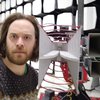


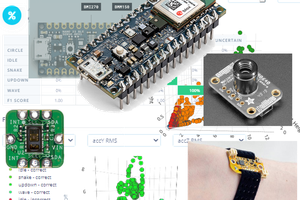
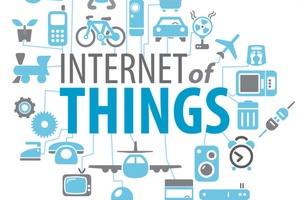
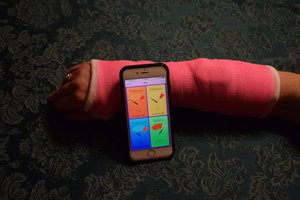
 Alex
Alex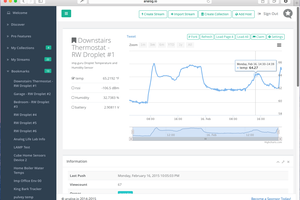
 Luke Beno
Luke Beno